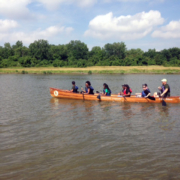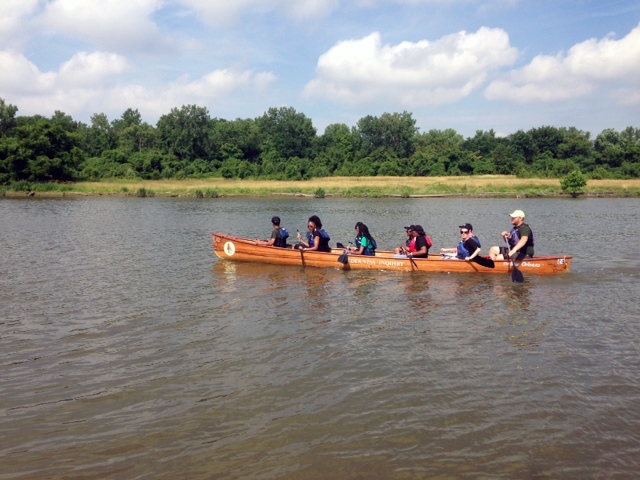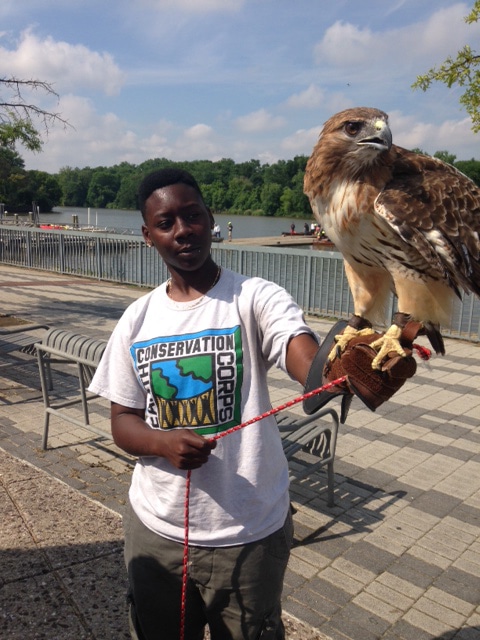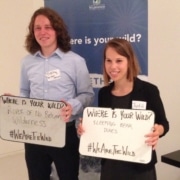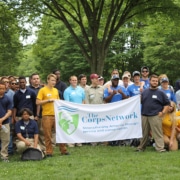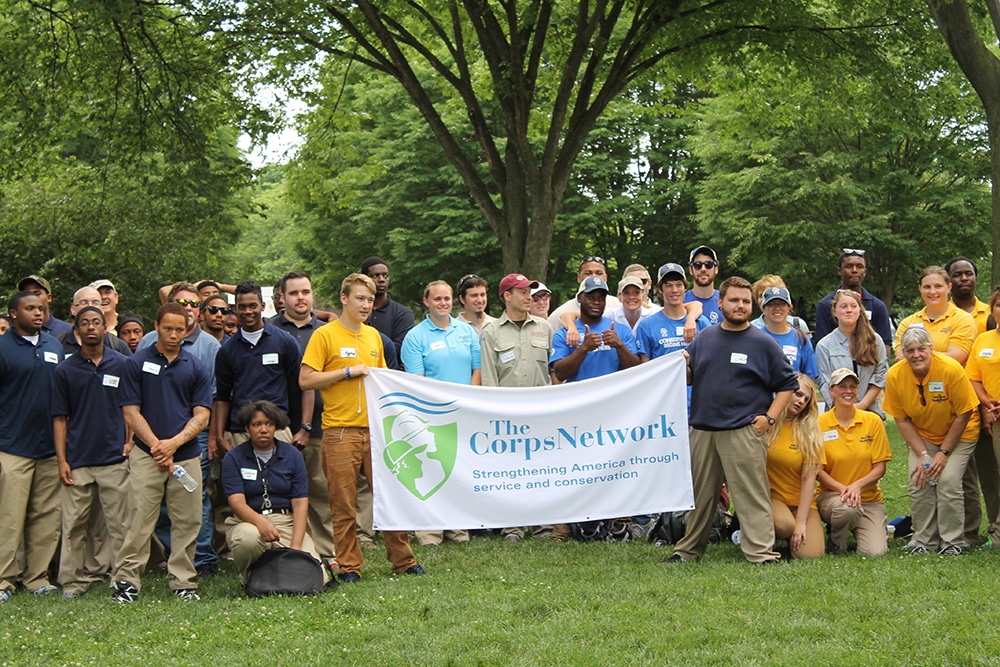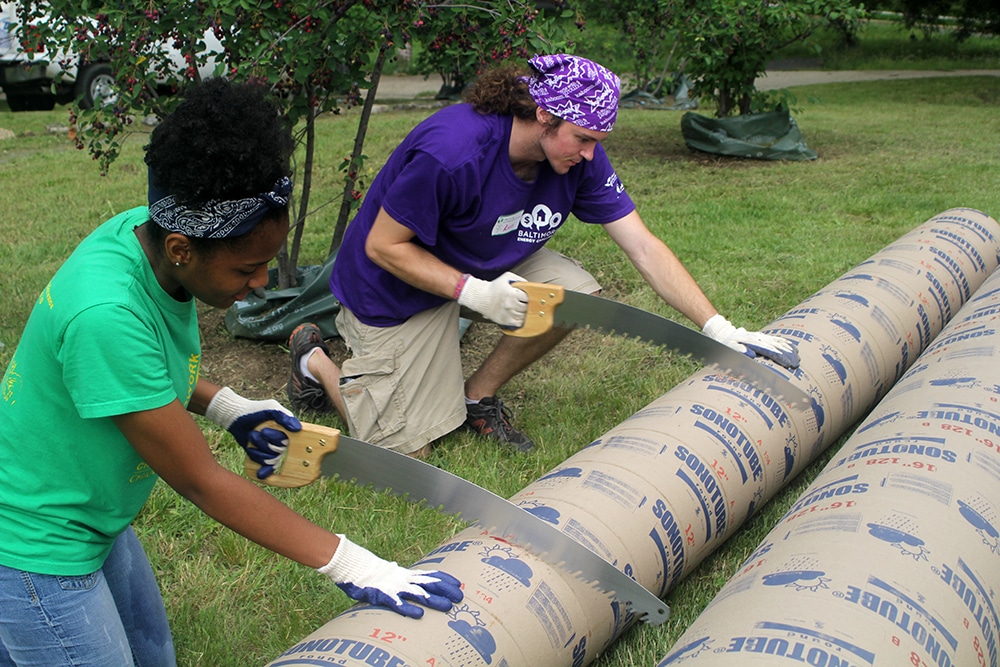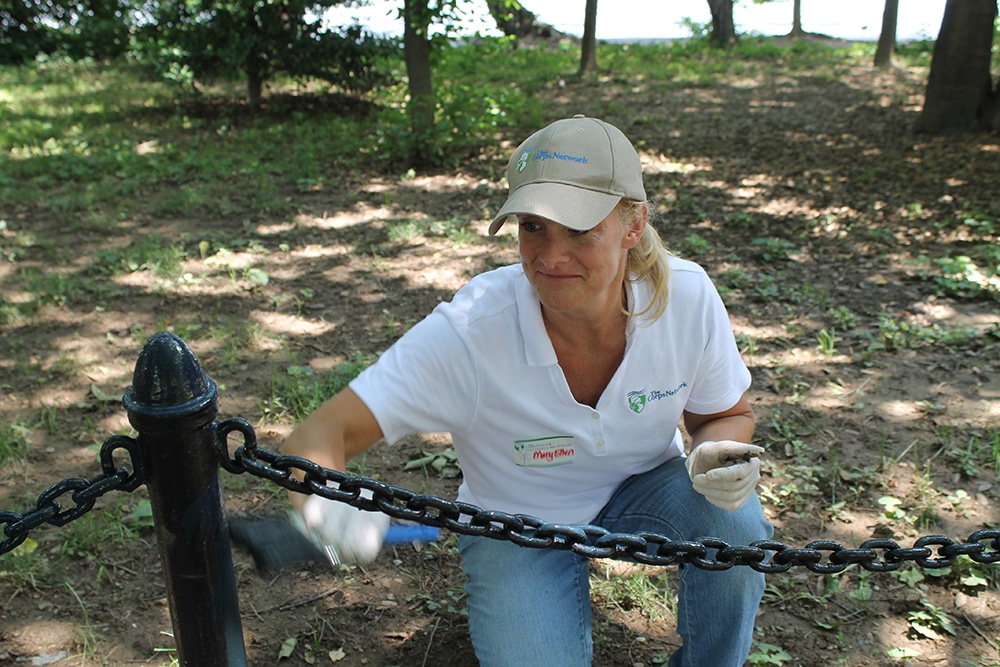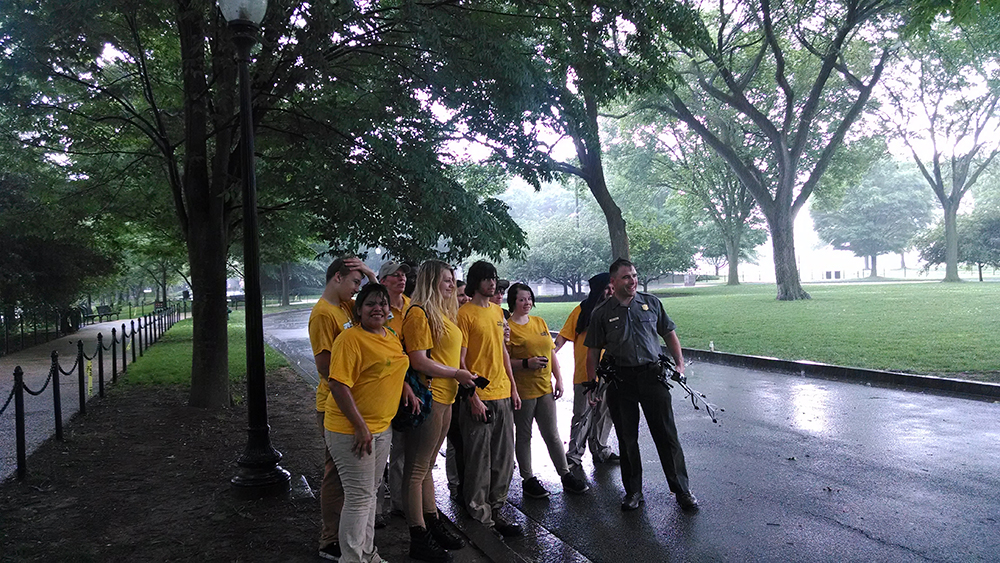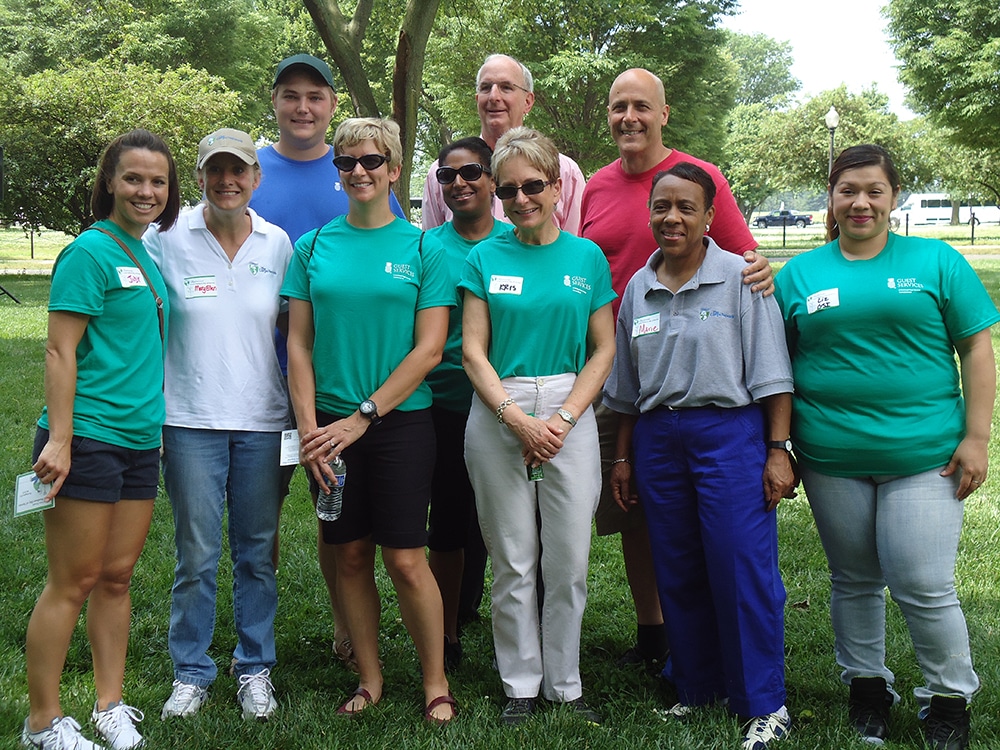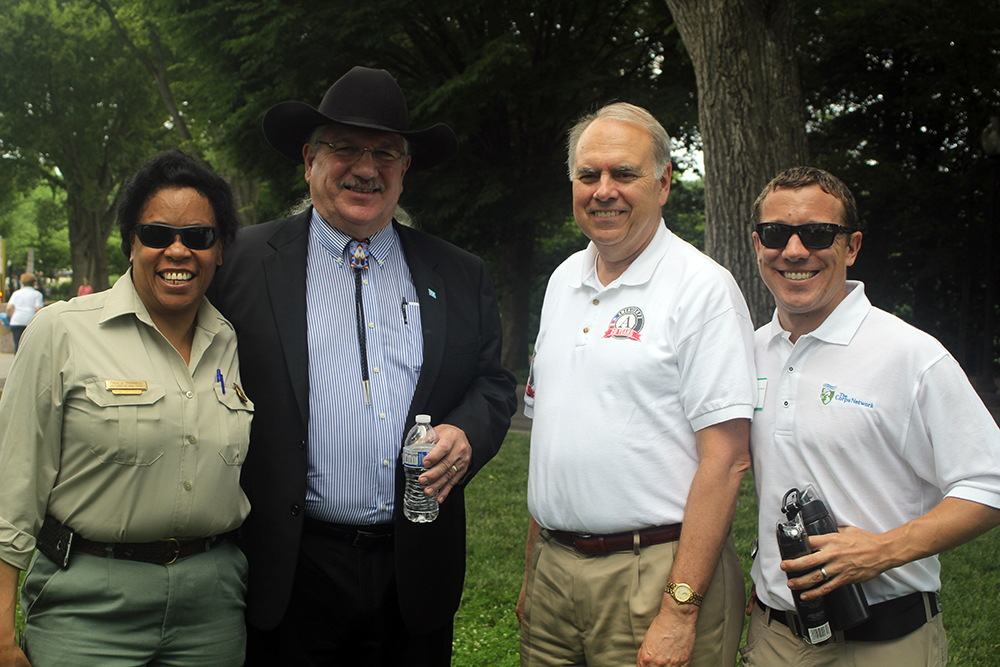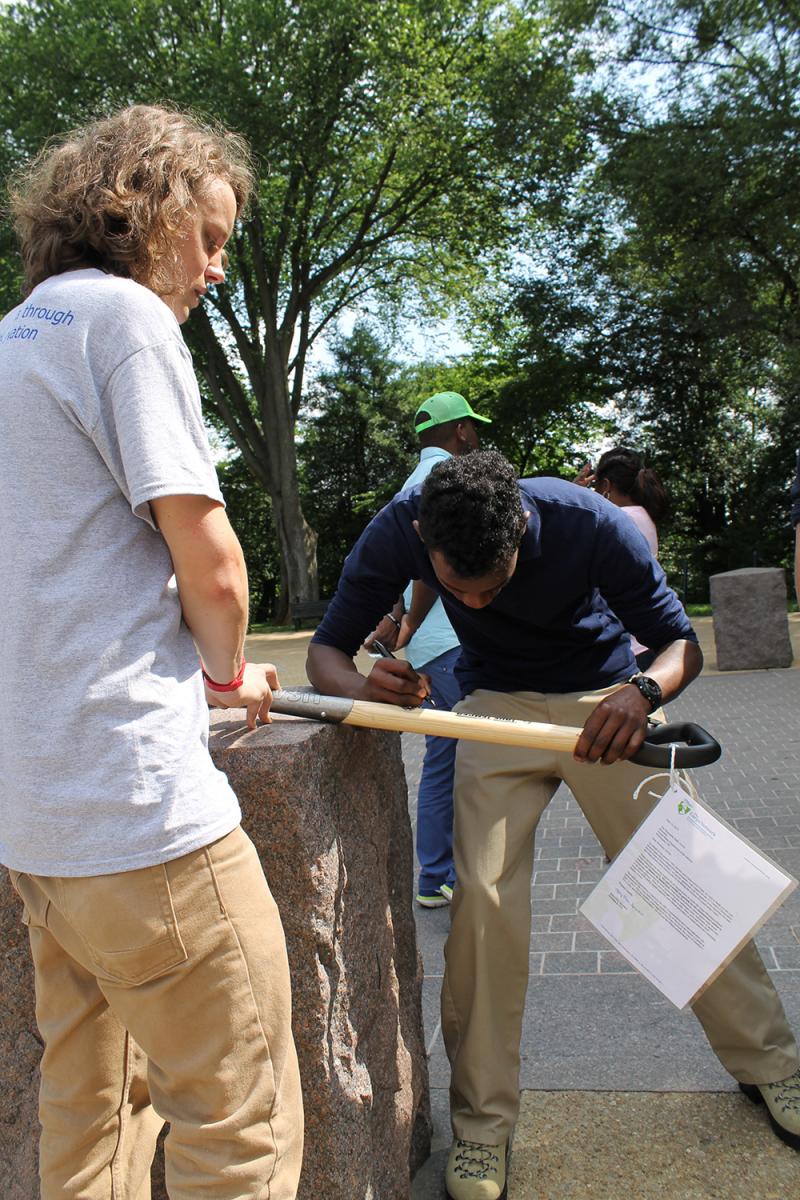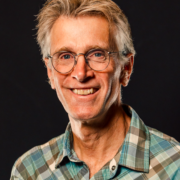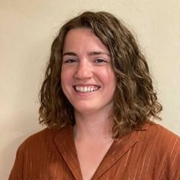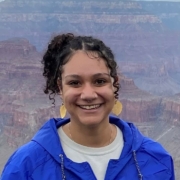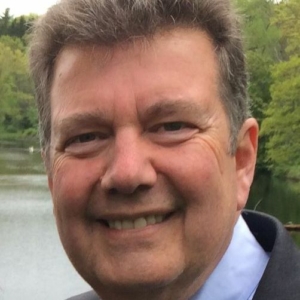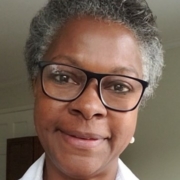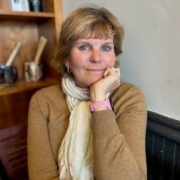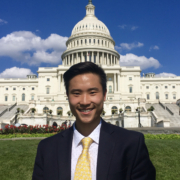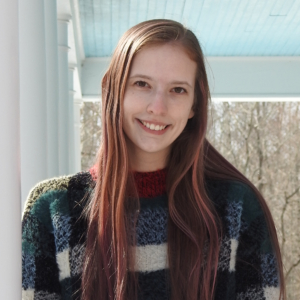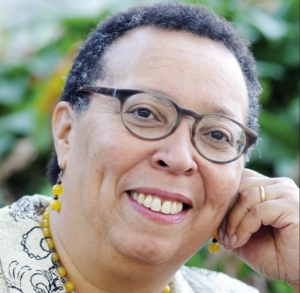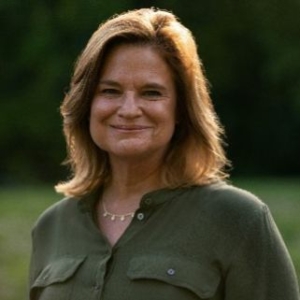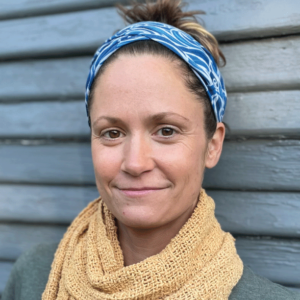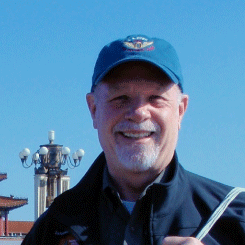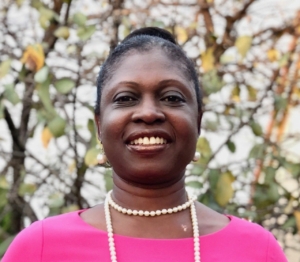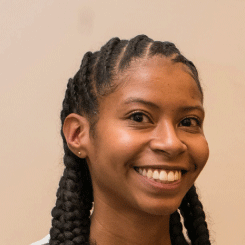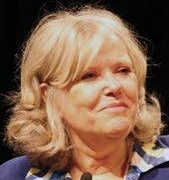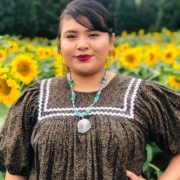
Article appears on University of Wyoming website.
June 19, 2014 — University of Wyoming students are gaining valuable leadership and outdoor skills this summer while working on 18 Wyoming Conservation Corps (WCC) projects ranging from constructing trails at Big Horn National Recreation Area and bark beetle spraying in Sinks Canyon State Park to conducting historic restoration work at Fort Bridger.
Administered by Residence Life and Dining Services in UW’s Division of Student Affairs, WCC is a grant-supported program that engages students in conservation-based projects throughout the state, says Director Patrick Call. WCC has been supported by the Corporation for National and Community Services’ AmeriCorps program, Wyoming State Legislature and cooperating partners including the Bureau of Land Management, Wyoming Division of State Parks and Historic Sites, national parks and some industry, corporate and nonprofit organizations.
This summer, three crews already have begun work to complete 18 10-day projects. Patrick Harrington, WCC project coordinator, says 10 of the projects are sponsored by the State Parks and Historic Sites, traditionally the cooperating agency that supports the most WCC work projects each year.
“Some students have told me that working on WCC projects has been a life-changing experience,” Call says. “They are able to go out there and connect with the land and the environment, and be able to do things and give back to the greater good.”
Founded in 2006, the WCC continues the civil service tradition of the Civilian Conservation Corps of the 1930s and Youth Conservation Corps of the 1970s. Nearly 300 students have completed more than 200 projects relating to energy, wildlife, recreation, grazing, timber management, property restoration and maintenance, and water and air quality.
Projects being completed this summer are:
May 26-June 4 — Beetle kill mitigation at Sinks Canyon State Park; fencing work at Red Canyon Ranch; and pine beetle mitigation at Guernsey State Park.
June 9-18 — Two trail construction projects at Hot Springs State Park; beetle kill mitigation at Curt Gowdy State Park.
June 23-July 2 — Trail construction with the Casper Rotary Club at Bridle Trail on Casper Mountain; trail construction projects at both Platte River trails and Glendo State Park.
July 7-16 — Fuel thinning and fencing at Devon State Lands near the Green Mountains in Fremont County; trails construction at Guernsey State Park; and fuels thinning for a UW/Forest Service research site that studies how forests respond to fire and treatments to increase the rate of recovery.
July 21-30 — Trail construction and Curt Gowdy State Park; and two projects to restore trails and a historic orchard at Big Horn National Recreation Area.
Aug. 4-13 — Historic restoration at Fort Bridger; fencing and sage grouse inventory for the Buffalo Bureau of Land Management; and fencing at Buffalo Bill State Park.
Students working on the WCC crews, listed by hometown and major area of study, are:
Boise, Idaho — Lea Steiner, nutrition and dietetics.
Buffalo — Natalie Perkins, psychology.
Cape Charles, Va. — Clelia Sheppard, psychology.
Casper — Shane Nielsen, physiology.
Centennial, Colo. — Lindsay Patrick, engineering.
Cheyenne — Gaige Braden, kinesiology.
Colorado Springs, Colo. — Karl Maes, undeclared.
Evanston — John Evans, physics.
Grand Junction, Colo. — Travis Keune, rangeland ecology.
Green River — Tiffany Adamski, English.
Houston, Texas — Ross Bulawa, undeclared.
Laramie — Alanna Elder, ecology.
Lincoln, Neb. — Madison Graulty, civil engineering.
London, Ohio — Matthew Pritchard, rangeland ecology.
Longmont, Colo. — Seymone O’Brien, ecology and environment and natural resources.
Loveland, Colo. — Katie Brose, music education.
San Diego, Calif. — Billy Sanford, journalism.
Scotland, S.D. — Rhiannon Jakopak, wildlife and fisheries biology.
Scottsbluff, Neb. — Ben Weibe, communications.
Sheridan — Phil Klebba, environment and natural resources and ecosystem management.
St. Louis, Mo. — Jim Fried, geography and environment and natural resources; Brian Walser, environmental studies; and Nancy Davidson, geography.
Venice, Fla. — Maggie LeFrance, political science.
Photo:
Wyoming Conservation Corps crew members work on a fencing project during an orientation week at Curt Gowdy State Park. From left are Sam Murray of Casper, a field supervisor; Seymone O’Brien, Longmont, Colo.; and Madison Graulty, Lincoln, Neb. (WCC Photo)



